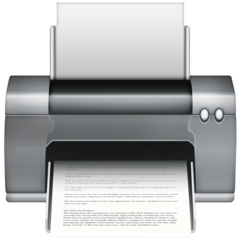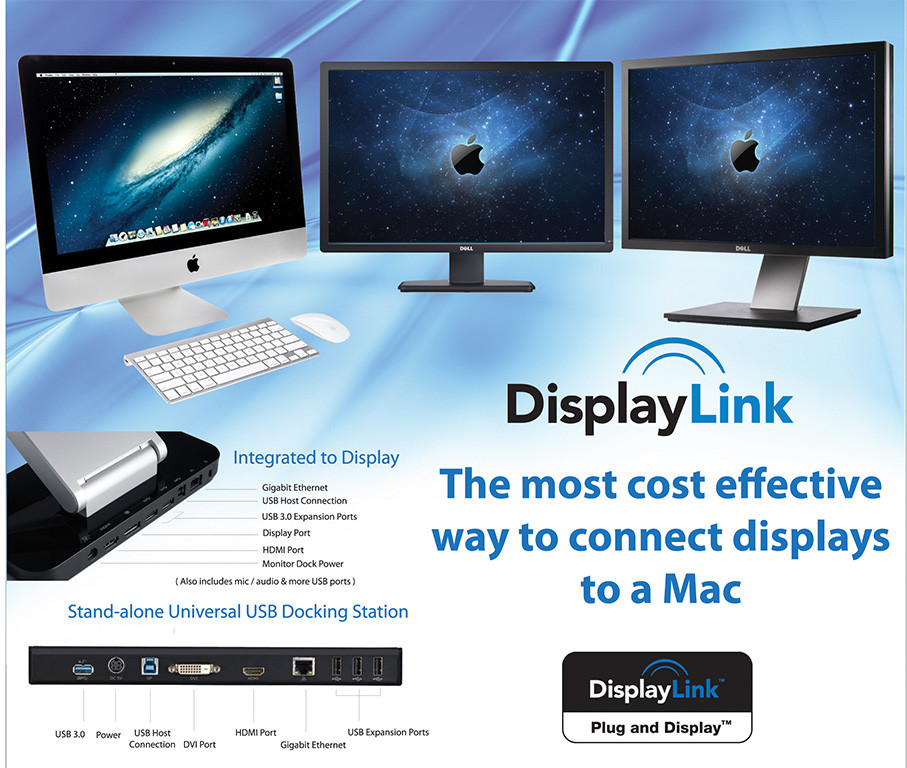How to Check a Drive’s File System RELATED: So how do you know if your USB drive is? You don’t need to do anything special with Disk Utility–just plug in your USB drive and open the Finder. Right-click or Control-click the drive’s icon in the Finder’s sidebar (or on your desktop) and select “Get Info.” You’ll see the drive’s file system displayed to the right of “Format” under the General heading. In the screenshot below, the drive is formatted with the exFAT file system.
How to Format a Drive on a Mac If you want to use a different file system on your USB drive, you’ll need to “format” it. Again, formatting a drive will erase it completely, so make sure you have everything backed up that you want to keep. To format a drive on a Mac, you’ll need the built-in Disk Utility application. Press Command+Space to open the Spotlight search dialog, type “Disk Utility”, and press “Enter” to launch the app. You can also open a Finder window, select “Applications” in the sidebar, and head to Utilities Disk Utility. Your connected drives will appear under “External” in the Disk Utility’s sidebar.
Select the drive by clicking its name. Click the “Erase” button after selecting the entire drive to erase the entire drive and create a single partition on it.

You’ll be asked to provide a name for the disk, which will appear and identify the disk when you connect it to a Mac, PC, or another device. You’ll need to choose between several file systems: RELATED:.
OS X Extended (Journaled): This is the default, but it’s only natively supported on Macs. It’s also known as HFS+. This file system is necessary if you plan on using the drive for Time Machine backups–otherwise, you’ll want to use exFAT for maximum compatibility.
Usb Driver Download For Mac
OS X Extended (Case-sensitive, Journaled): On a case-sensitive file system, “file” is different from “File”. By default, Mac OS X doesn’t use a case-sensitive file system. This option exists because it matches the traditional behavior of UNIX and some people might need it–don’t select this unless you know you need it for some reason.
Dnw Usb Driver For Mac Pro

OS X Extended (Journaled, Encrypted): This is the same as the standard OS X Extended file system, but with encryption. You’ll have to enter a password, and you’ll need to provide that password whenever you connect your drive to your Mac. OS X Extended (Case-sensitive, Journaled, Encrypted): This is the same as the standard OS X Extended (Case-senstiive) file system, but with encryption. MS-DOS (FAT): This is the most widely compatible file system, but it has some limitations–for example, files can only be 4GB or less in size each. Avoid this file system unless you have a device that requires FAT32. ExFAT:, but doesn’t have the limitations. You should use this file system if you may share the drive with Windows PCs and other devices like the PlayStation 4 and Xbox One consoles. ExFAT is the ideal cross-platform file system.
It’s not natively supported on many Linux distributions, but you can. For external drives, it almost always makes sense to format in ExFAT, unless you’re using the drive for Time Machine. RELATED: You’ll also be asked to choose between a partition scheme: GUID Partition Map, Master Boot Record, or Apple Partition Map.
Both also work with Windows PCs. APM is an older, Mac-only partition scheme. This choice doesn’t really matter if you don’t plan on booting from the drive.
If in doubt, just select the default GUID Partition Map (GPT) scheme. Avoid the Mac-only Apple Partition Map (APM) scheme. Click the “Erase” button when you’re done and Disk Utility will format your disk with the settings you specified. This will erase all the files on the drive!
You’re now done–be sure to eject the disk before you remove it from your Mac. You can do this by clicking the eject icon to the right of the disk in the Finder or Disk Utility windows. You can also right-click or Option-click the drive in Finder or on your desktop and select the “Eject” option.
Dnw Usb Driver For Mac Free
Macs do have some limited support for other file systems–for example, Macs can read files on Windows-formatted NTFS volumes, but. Macs don’t have an integrated way to format partitions with NTFS, either. Use exFAT for excellent compatibility with Windows without FAT32’s limitations.
USB-C describes the shape and style of a port on your computer and the connectors that you can plug into the port. USB-C ports look like this: Several different data transfer standards, like USB 3 and Thunderbolt 3, can flow through a USB-C port and connector. You can also connect your computer's AC power adapter to a USB-C port with a. USB-C ports are reversible, so you don't have to worry about which side of the connector is up when you plug it in. These Mac computers have Thunderbolt 3 (USB-C) ports that support USB 3.1 Gen 2 and Thunderbolt 3:.
iMac Pro (2017). iMac (Retina 5K, 27-inch, 2017). iMac (Retina 4K, 21.5-inch, 2017). iMac (21.5-inch, 2017).
MacBook Pro (2016 and later) These Mac notebooks have USB-C ports that support USB 3.1 Gen 1:. MacBook (2015 and later) You can use your USB 3 devices with the above Mac models using an.
Try these tips if a USB 3 device doesn't activate or appear on the USB 3 bus:. Be sure you've installed the latest software updates available for your computer. To check, choose App Store from the Apple menu and see if any updates are available. Sometimes unplugging and plugging the device back in can resolve the issue. Try plugging the device into another USB port on the computer.
Check to see if a firmware update is available for your device from the manufacturer. If the device came with an AC adapter, use it. Restart your computer. Try a different USB 3 cable. Try a different USB 3 hub. Some USB 3 devices can generate radio frequency interference that can cause Wi-Fi and Bluetooth devices operating in the 2.4GHz band to have issues communicating with your computer. Here are some tips to avoid this issue:.
If your USB device has a cable long enough that you can move the device, place it away from your Mac—and make sure not to place it behind your Mac, or near the hinge of its display. The antennas for Wi-Fi and Bluetooth are located there, and USB 3 devices placed there might interfere with your wireless connections. If you're using adapters or dongles on a Mac computer with Thunderbolt 3 (USB-C) ports, plug them into the front port on the left side of your Mac, or into the ports on the right side (if your computer has them). These ports are the farthest away from the antennas, making interference less likely. To avoid interference on the 2.4GHz band using Wi-Fi, try using the 5GHz band instead. You can change this on your wireless base station.
Bluetooth always uses 2.4GHz, so this alternative isn't available for Bluetooth. Information about products not manufactured by Apple, or independent websites not controlled or tested by Apple, is provided without recommendation or endorsement.

Apple assumes no responsibility with regard to the selection, performance, or use of third-party websites or products. Apple makes no representations regarding third-party website accuracy or reliability. Risks are inherent in the use of the Internet. For additional information. Other company and product names may be trademarks of their respective owners.